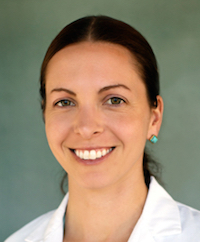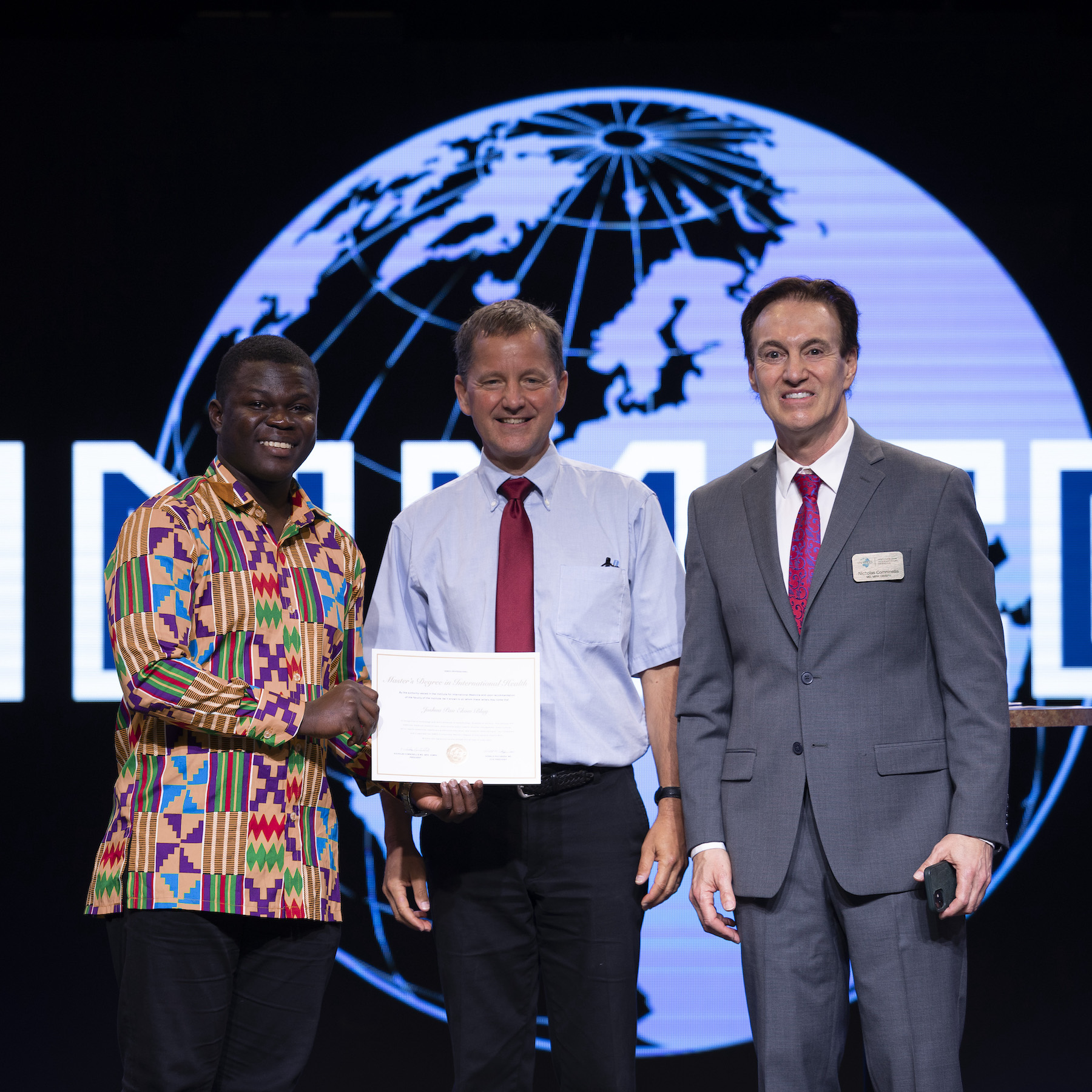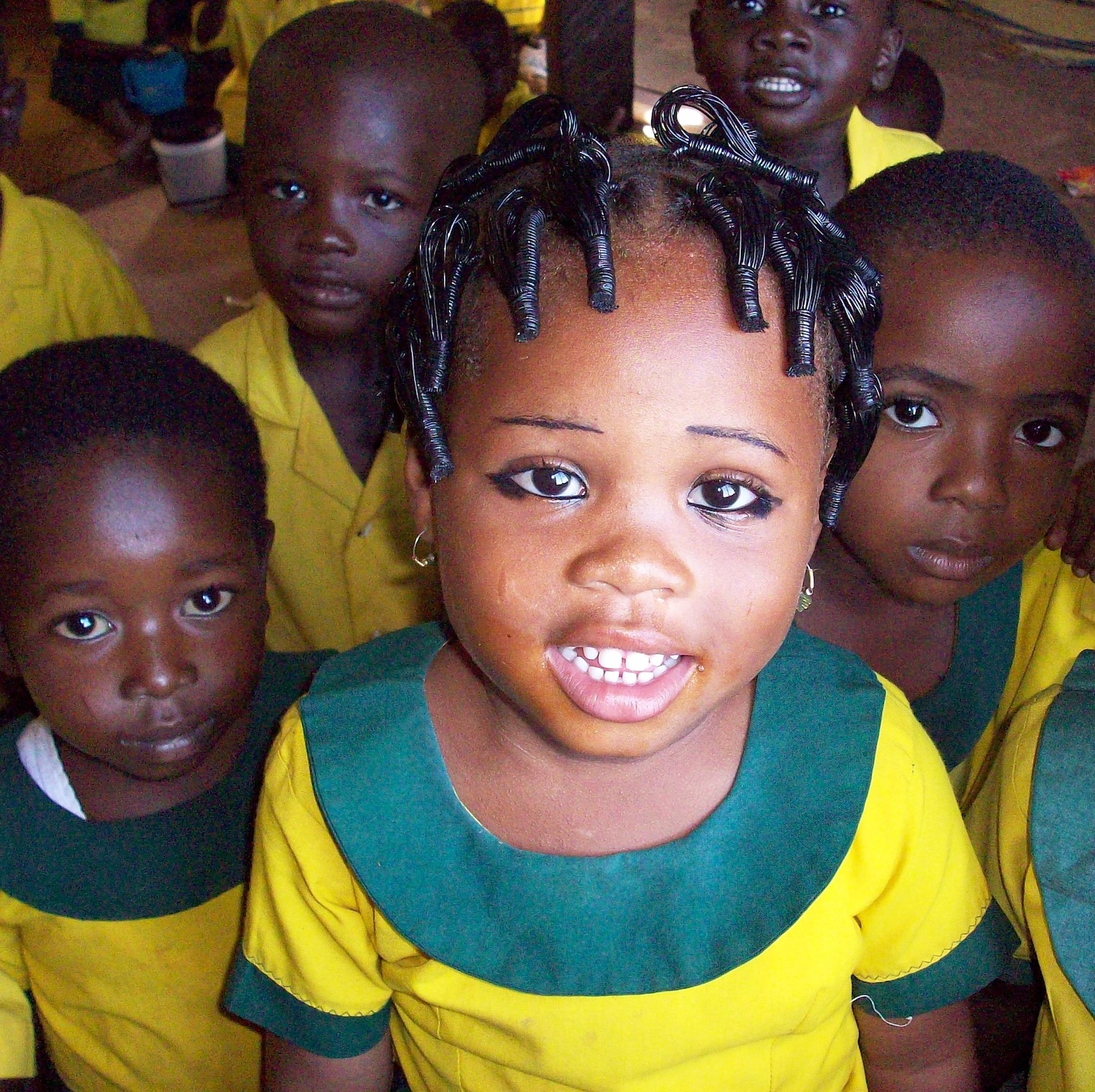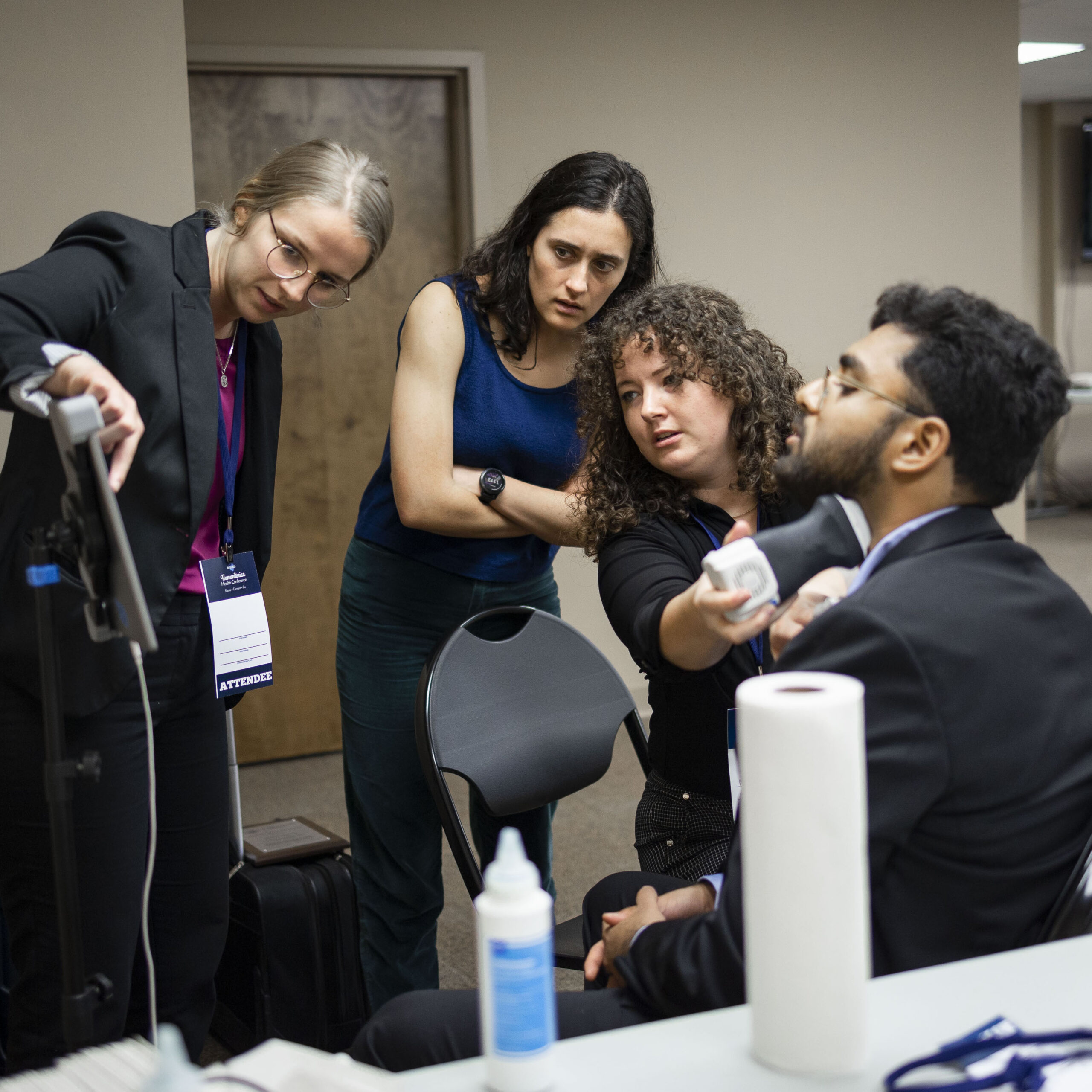Jessie Standish
INMED Blog

Hello! My name is Jessie Standish. I am a family medicine resident physician at Glendale Family Medicine Residency in California, and I’m starting my INMED service-learning experience in July 2015.
- Lubango Evangelical Medical Center
- Angola
- Graduate Diploma in International Medicine & Public Health
Blog Posts
Empowering Women With Help Of A Tablecloth
CEML has a program for women who need repair of their obstetric fistulas. These women are usually young and […]
Continue ReadingDiabetes/Oskur Vo Sonde
Yesterday I had quite a bit of fun “translating” a pictogram into Umbundo, one of the most commonly spoken local […]
Continue ReadingWeek 3 in Angola
I can’t believe that the halfway point on my trip is already approaching. There is research that shows that […]
Continue ReadingWeek 2 in Angola
It has been a joy to work with Dr. Foster who seems to have an endless supply of patience in […]
Continue ReadingFirst week in Angola
I just arrived in Lubango, Angola a few days ago. The first few days in the hospital have been quite humbling. […]
Continue ReadingIntroducing Myself
Hello! My name is Jessie Standish. I am a family medicine resident physician at Glendale Family Medicine Residency in California, […]
Continue Reading


